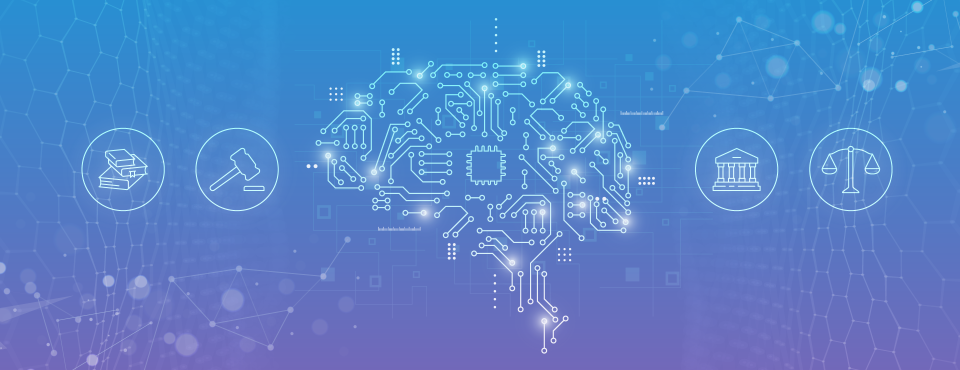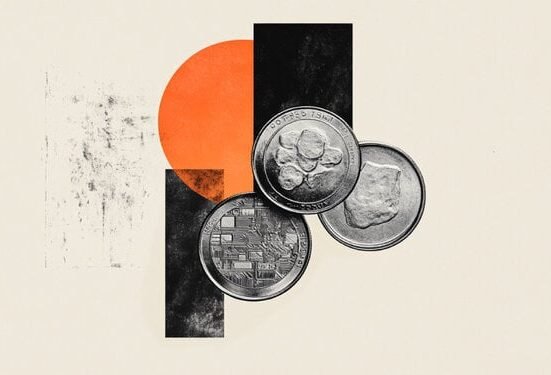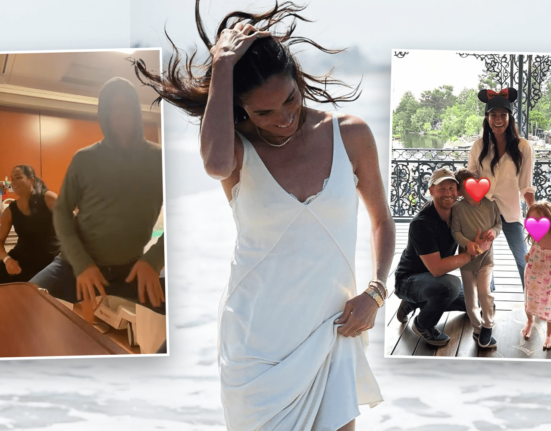As artificial intelligence continues to proliferate, businesses are integrating AI-generated content into their branding, marketing, and intellectual property strategies. One area that can cause serious issues for businesses is the use of AI to generate forms of IP, such as trademarks for branding products and services and copyrights for protecting original works of authorship.
While AI-generated logos and designs may be protected as trademarks, they may not be eligible for copyright protection except under limited circumstances where there is also a sufficient level of human involvement.
This difference between trademark and copyright protection of AI-generated IP presents hidden legal challenges. A business may be able to register and enforce an AI-generated logo as a trademark but have no recourse under copyright law because of the requirements of human involvement. This limitation could result in a loss of valuable IP rights and a less protectable asset.
AI Copyright Issues
A logo created solely by AI can serve as a trademark, and even be registered, if it’s distinctive, used in commerce with the identified goods and/or services, and isn’t likely to create confusion with other trademarks.
The US Patent and Trademark Office has issued extensive guidance on AI use, but it primarily cautions against using AI tools to generate trademark specimens (that is, evidence of use) and documents in connection with preparing and prosecuting trademark and patent applications. There is no guidance on the use of AI tools to create marks themselves.
Businesses considering both trademark and copyright protection for the same AI-generated logo or design may face issues with copyright ownership and enforcement. The US Copyright Office’s second report establishes that purely AI-generated content can’t be copyrighted, and the copyrightability of AI-assisted works depends on the level of human creative authorship integrated into the work.
This means prompts to AI platforms alone don’t form a basis for claiming copyright protection in the AI-generated output. However, using prompts to modify or enhance an existing human copyrightable work would grant protection to the work’s human-created portions, if perceptible in the output.
For example, if Business A prompts a generative AI model to generate a logo to serve as branding, that logo would be eligible for trademark protection—provided it is distinctive for Business A’s goods and there are no conflicting trademarks. But it wouldn’t be eligible for copyright protection because of the Copyright Office’s prohibition against the registration of works with no human involvement.
Any third party could potentially use Business A’s AI-generated logo in a non-branding or artistic context without Business A’s consent, avoiding copyright infringement liability.
Creating a hand-drawn logo and then asking a generative AI model to enhance it, such as by adding color or extra detail, would be more effective. The resulting logo could both serve as a trademark and qualify as copyrightable subject matter—at least as to the elements of the original sketch, if they are preserved and perceptible in the output.
The reasoning comes down to the requirement for human authorship and the degree of control an AI system has in creating the work. The Copyright Office has also acknowledged that using AI adaptive tools to arrange and modify purely AI-generated works may make the work copyrightable on a case-by-case basis.
If Business A instead generated a logo solely with an AI model, but employees modified the design with AI adaptive tools, the entire logo may qualify as copyrightable subject matter after a case-by-case determination.
Business Considerations
Businesses considering using generative AI platforms to create logos and designs should approach this decision strategically.
Don’t solely rely on generative AI creations for dual forms of trademark and copyright protection. Incorporate substantial human creativity by using AI models to modify or enhance existing human copyrightable work to ensure brand unity—or use substantial human creativity to modify or enhance AI-generated creations to increase the likelihood the work may be copyrightable.
Conduct comprehensive trademark searches before adopting an AI-generated logo to confirm it doesn’t conflict with existing marks. Even if a design appears unique, it’s critical to ensure the logo doesn’t create a likelihood of confusion with other trademarks.
Generative AI models are trained on vast datasets that may include existing IP. AI-generated outputs may unintentionally incorporate elements from pre-existing brands, designs, or copyrighted works, increasing the risk of infringement exposure.
Ensure AI-generated IP is created under an agreement that assigns all IP rights to your company. AI tools may not grant users full rights to the content they generate and instead retain ownership or impose licensing restrictions on outputs.
This could limit a company’s ability to register, enforce, or commercialize the resulting IP. Before adopting an AI-generated logo or brand asset, businesses should carefully review the platform’s terms of use to confirm that all rights in the output are assigned to the business without restriction.
Ensure individuals involved in the development of any IP are under an agreement to assign ownership of such IP rights to the company. While employees’ work may qualify as a “work made for hire,” independent contractors and vendors generally must assign rights explicitly in writing. A clear assignment of rights mitigates ownership disputes and ensures the business can confidently register, enforce, and license its IP.
Document the design process to demonstrate human authorship in the event of any disputes over copyright eligibility. Businesses should retain copies of drafts, prompts, modifications, sketches, notes, and any other evidence showing how the final design evolved from human input and decisions.
Use adopted logos consistently and in connection with the relevant goods and services identified in the trademark application or registration. Trademarks only remain valid to the extent the company continues to commercially use the mark. Failing to do so could result in abandonment and loss of rights.
Purely AI-generated logos may be protected as trademarks, but they may be ineligible for copyright protection. Companies that seek dual IP protection should build in substantial, demonstrable human authorship, whether by starting with a human design or materially modifying the AI output, before seeking both trademark and copyright protection.
This article does not necessarily reflect the opinion of Bloomberg Industry Group, Inc., the publisher of Bloomberg Law and Bloomberg Tax, or its owners.
Author Information
Von Bryant is partner in Foley & Lardner’s transactions, private equity, venture capital and fund formation and investment management practices, as well as the sports and entertainment industry team.
Norm J. Rich is partner at Foley & Lardner and specializes in intellectual property law, focusing on trademark, copyright, and advertising counseling.
Alex Liederman is an associate in Foley & Lardner’s trademark, copyright, and advertising practice group.
Write for Us: Author Guidelines







